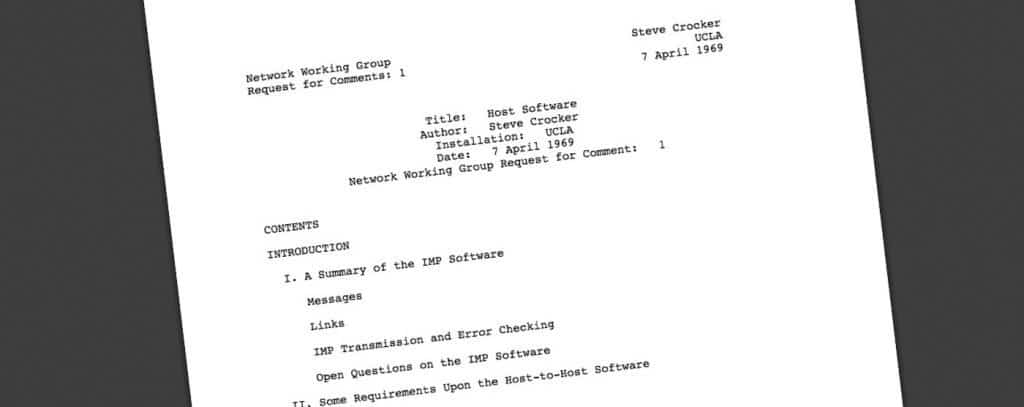The Internet-Standard Management Framework refers to a set of protocols, standards, and guidelines used for managing and monitoring network devices, systems, and services within an Internet environment. It provides a structured approach to network management, enabling administrators to efficiently control and maintain network resources.
The framework is based on the Simple Network Management Protocol (SNMP), which is a widely adopted protocol for managing and monitoring network devices. SNMP allows network administrators to collect and organize information about devices, monitor their performance, and manage configurations remotely.

Internet-Standard Management Framework key components
The Internet-Standard Management Framework encompasses the following key components:
- SNMP: Simple Network Management Protocol is a network management protocol that facilitates the exchange of management information between network devices and management systems. It defines a standardized format for data exchange and a hierarchical structure for organizing information using Management Information Bases (MIBs).
- Management Information Base (MIB): MIBs are databases that store information about network devices and systems. They define the structure and attributes of managed objects, allowing network administrators to retrieve and manipulate data related to network devices.
- SNMP Agents: SNMP agents reside on network devices and provide access to device-specific information. Agents collect data from managed devices, respond to queries from management systems, and generate notifications or alerts based on predefined events or thresholds.
- Network Management Systems (NMS): NMS refers to software applications or platforms used by network administrators to manage and monitor network devices. NMS systems communicate with SNMP agents to retrieve and analyze data, configure devices, and generate reports on network performance.
- Standardization Organizations: The Internet-Standard Management Framework is developed and maintained by organizations such as the Internet Engineering Task Force (IETF) and the International Organization for Standardization (ISO). These organizations define standards, protocols, and guidelines for network management practices.
This framework provides a standardized approach to network management, enabling interoperability between different vendors’ equipment and facilitating the efficient monitoring and control of network resources. It plays a crucial role in ensuring the stability, performance, and security of networks in various industries and Internet-based environments.
References
- RFC 3410 – Introduction and Applicability Statements for Internet-Standard Management Framework